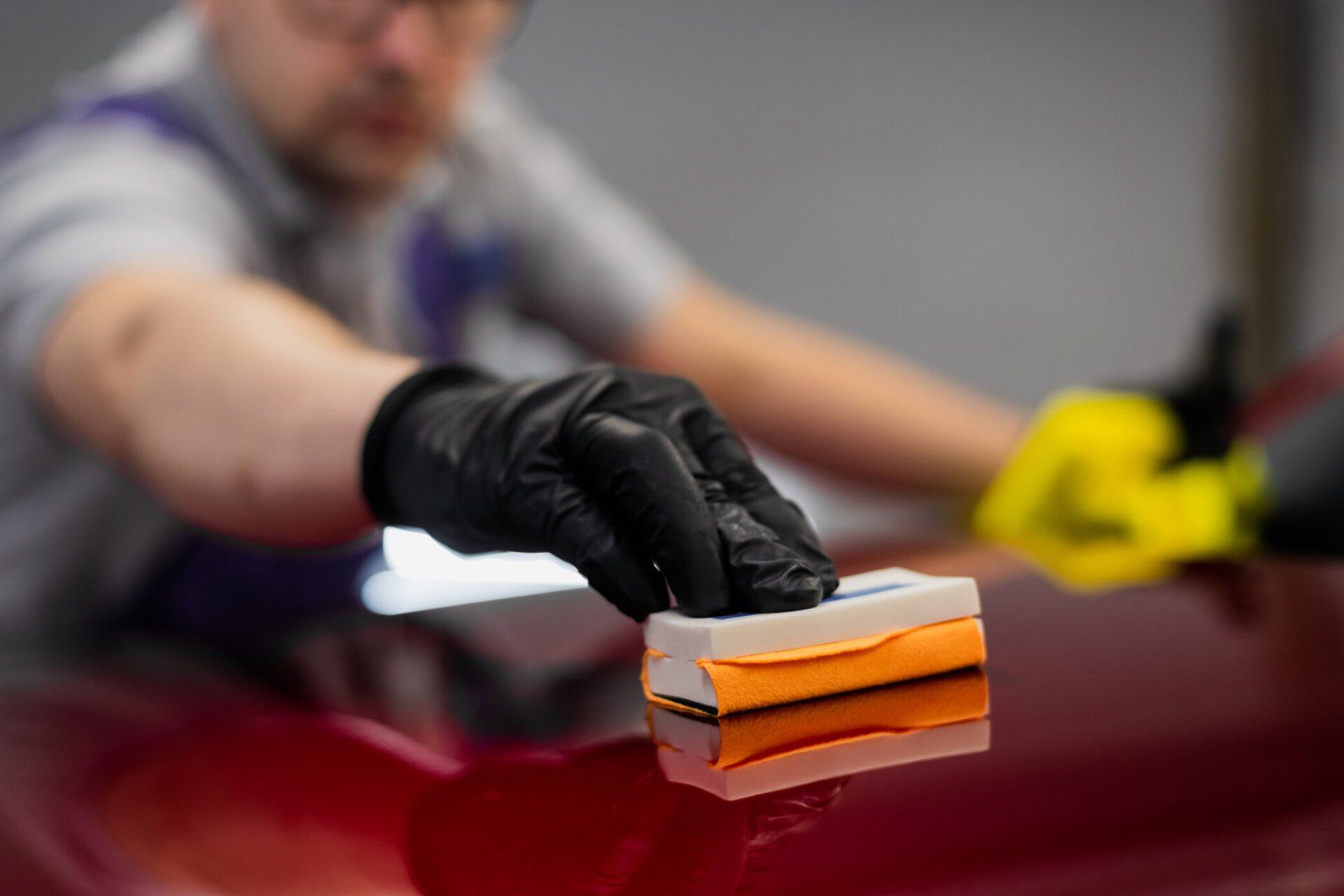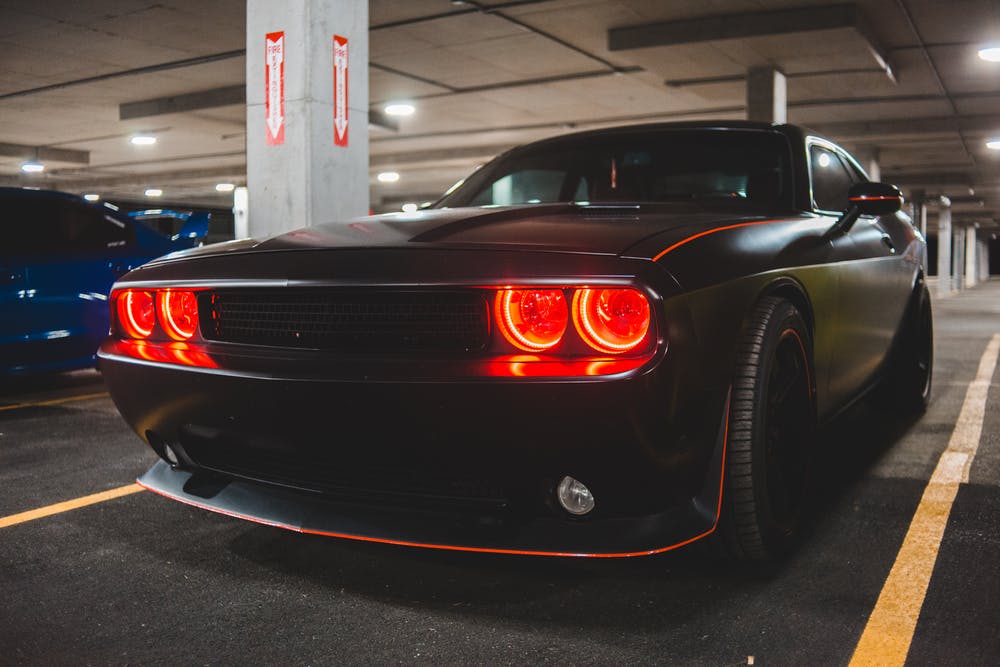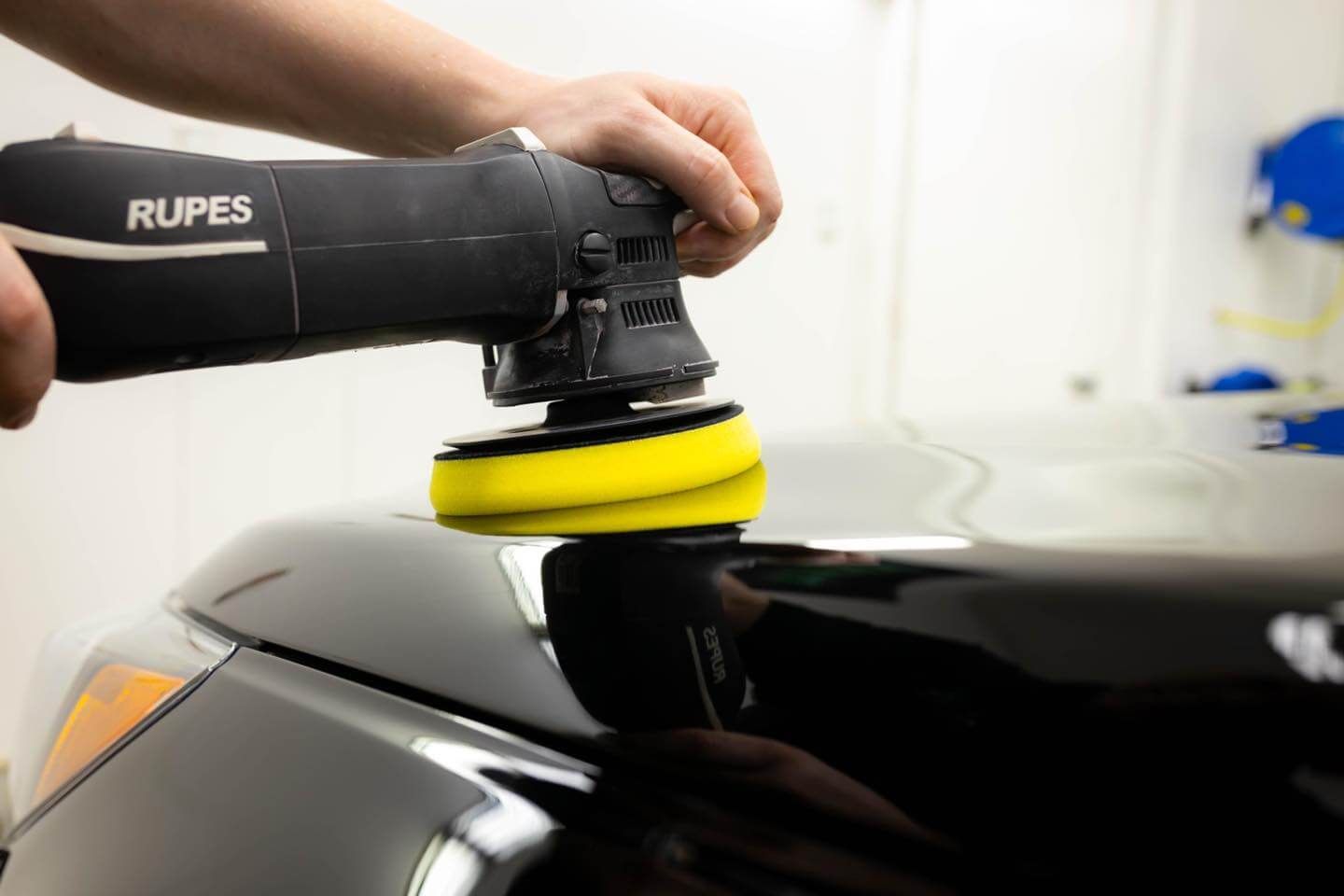Ceramic coating is vital when it comes to protecting your car’s paintwork. Indeed, there are very few investments that you can make that will preserve the long-term condition of your car that compares to ceramic coating. In fact, it will help maintain your paint, repel liquids, and shield your car from external contaminants!
Given how important it is, you’ll want to do all you can to maintain the ceramic coating of your vehicle. But how do you go about doing this? The tricky thing about ceramic coating is that there are many different ways to approach maintenance. To help simplify things, we thought it would be useful to put together a list of the four most effective tips for preserving ceramic coatings:
Avoid Automated Car Washes
One of the most common mistakes people make when it comes to maintaining their car’s ceramic coating is going to automated car washes. While these services are fine in any other situation, the ceramic coatings are quite sensitive. This means that the brushes that are used in these automated car washes can end up damaging the coating. If you want to get your car cleaned, it would be best to either do it yourself or bring it to a touchless car wash.
Wash Your Car Properly
If you do opt to clean your car yourself, we recommend using the two-bucket method. All you need to do is have one wash bucket and one rinsing bucket. The wash bucket should contain a solution of water and the car washing product of your choice. From there, just dip your wash mitt into the wash bucket and clean your car one part at a time. After you’ve gone through a specific part with the wash bucket solution, dip the wash mitt into the rinse bucket to make sure that it removes any particle that it may have picked up. From there, just repeat the similar process on a different part of your car until you are done cleaning it.
Keep Your Car Out of Direct Sunlight While Washing It
It's ideal to use a pH neutral soap when washing your car to avoid water spotting, which is why you’ll want to keep the car out of direct sunlight. This is especially true when you’re washing it, as the sunlight can cause water spots and streaks to form. If you’re going to wash your car, we recommend you do it in a shaded area or do it early in the morning when the sun’s rays aren’t too harsh on the car.
Use Maintenance Boosters
You’ll also want to use maintenance products that are specifically made for ceramic coating. These products fill up any parts of the coating that have been scratched and restore the coating’s hydrophobicity. For the best results, be sure to apply these products every three to four months.
Conclusion
Hopefully, the tips that we’ve shared above prove to be useful when it comes to helping you take care of your car’s ceramic coatings. While maintaining them is a lot of work, it’s something that is well-worth all the effort. This is because all the work that you put into properly maintaining the coating effectively improves the longevity and condition of your car’s paint job!
If you’re looking for
car ceramic coating services in Minnesota, trust 5 Star Automotive Detailing. We deliver quality experiences to clients that fit our namesake's brand. If your car needs paint correction, ceramic coating services, and interior and exterior detailing, get in touch with us today to see how we can help!






